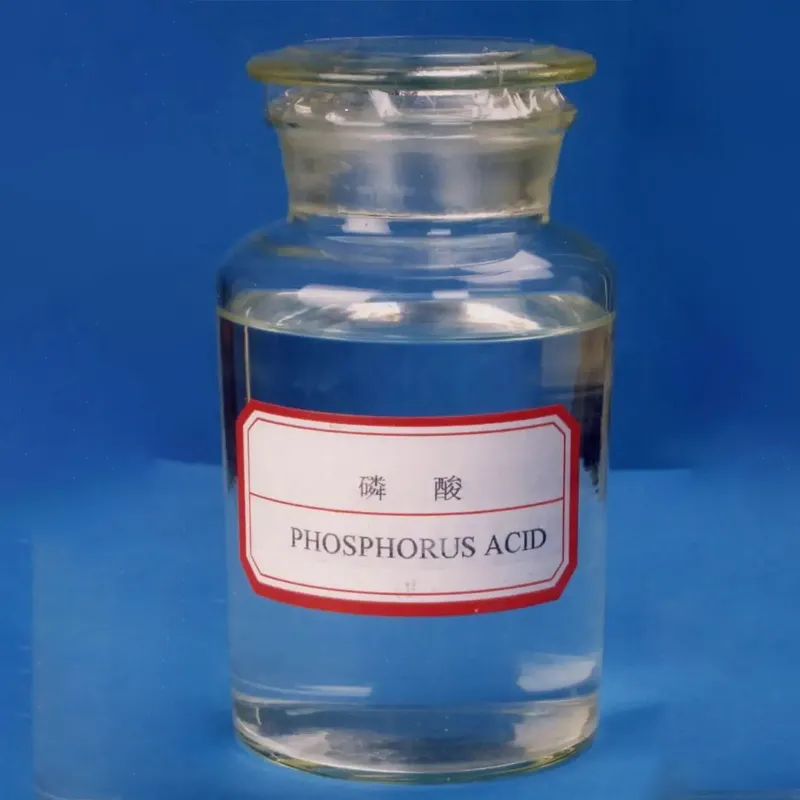
Exploring the Impact and Uses of E631 Food Additive in Modern Cuisine
Understanding E631 The Flavor Enhancer in Our Food
In our modern culinary landscape, food additives play an integral role in enhancing flavors, improving texture, and preserving freshness. Among these additives, E631, or disodium inosinate, stands out as a key agent that enhances the umami taste in a variety of food products. Understanding E631 can help consumers make informed choices about their diets and health.
What is E631?
E631 is a sodium salt derived from inosine, a nucleoside present in the body that contributes to cellular energy transfer and metabolism. In food production, it serves primarily as a flavor enhancer, often used in tandem with other additives like monosodium glutamate (MSG) and disodium guanylate (E627) to amplify the savory taste profile of foods. It is commonly found in processed foods such as snacks, sauces, soups, and ready-to-eat meals.
How Does E631 Work?
The flavor-enhancing properties of E631 stem from its ability to activate umami receptors on our taste buds. Umami, often referred to as the fifth taste, is a savory flavor that many associate with foods like tomatoes, cheese, and mushrooms. By stimulating these receptors, E631 adds depth and complexity to the overall taste experience without overpowering the dish.
Health Considerations
While E631 is generally recognized as safe (GRAS) by food authorities, such as the European Food Safety Authority (EFSA) and the Food and Drug Administration (FDA), there are ongoing discussions about its consumption, particularly for sensitive individuals. Some people may experience adverse reactions to food additives, including headaches, allergic reactions, or gastrointestinal discomfort. These reactions, however, are typically rare and often depend on individual sensitivities.
e631 food additive

Is E631 Vegan or Vegetarian?
The sourcing of E631 can raise questions for those following vegan or vegetarian diets. While E631 can be derived from plant and fermentation processes, it is often sourced from animal products, particularly fish or meat. Thus, consumers should always check product labels carefully to ensure that they align with their dietary preferences.
Where Is E631 Found?
E631 can be found in a wide range of food products. It is especially prevalent in
- Savory Snacks Potato chips, crackers, and other snack foods often contain E631 to boost flavor and appeal. - Canned Soups and Sauces Many pre-packaged soups, sauces, and gravies utilize E631 to enhance their taste profile and make them more palatable. - Instant Noodles Instant noodle products commonly use E631 to create the rich flavors that consumers have come to expect.
Conclusion
E631, as a food additive, exemplifies the science of flavor enhancement in modern cuisine. While it provides a savory kick that numerous foods benefit from, it is essential for consumers to remain informed about what is in their food. Being aware of the origin and effects of additives like E631 allows individuals to make choices that fit their health needs and dietary preferences. As with any aspect of diet, moderation is key, and keeping a balanced approach can help ensure that our culinary adventures remain both enjoyable and safe. As we continue to explore the intersection of food science and nutrition, additives like E631 remind us of the complex flavors that contribute to our culinary experiences.
-
Pure Sodium Dichloroisocyanurate Dihydrate | Powerful DisinfectantNewsAug.29,2025
-
Industrial Chemicals: Quality & Purity for Every IndustryNewsAug.28,2025
-
Nitrile Rubber Honoring Strict Production StandardsNewsAug.22,2025
-
Aspartame Ingredients Honoring Food Safety ValuesNewsAug.22,2025
-
Fertilizer for Balanced Plant NutritionNewsAug.22,2025
-
Cyanide Gold Processing with High Purity AdditivesNewsAug.22,2025
-
Formic Acid in Textile Dyeing ApplicationsNewsAug.22,2025
Hebei Tenger Chemical Technology Co., Ltd. focuses on the chemical industry and is committed to the export service of chemical raw materials.
-

view more DiethanolisopropanolamineIn the ever-growing field of chemical solutions, diethanolisopropanolamine (DEIPA) stands out as a versatile and important compound. Due to its unique chemical structure and properties, DEIPA is of interest to various industries including construction, personal care, and agriculture. -

view more TriisopropanolamineTriisopropanolamine (TIPA) alkanol amine substance, is a kind of alcohol amine compound with amino and alcohol hydroxyl, and because of its molecules contains both amino and hydroxyl. -

view more Tetramethyl Thiuram DisulfideTetramethyl thiuram disulfide, also known as TMTD, is a white to light-yellow powder with a distinct sulfur-like odor. It is soluble in organic solvents such as benzene, acetone, and ethyl acetate, making it highly versatile for use in different formulations. TMTD is known for its excellent vulcanization acceleration properties, which makes it a key ingredient in the production of rubber products. Additionally, it acts as an effective fungicide and bactericide, making it valuable in agricultural applications. Its high purity and stability ensure consistent performance, making it a preferred choice for manufacturers across various industries.





